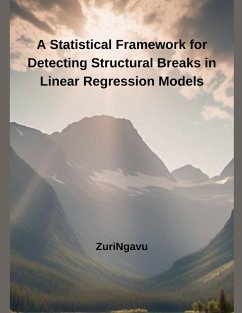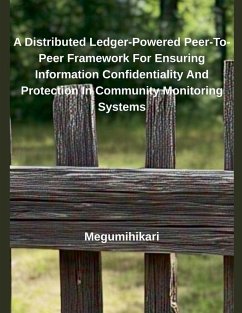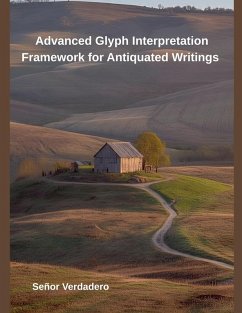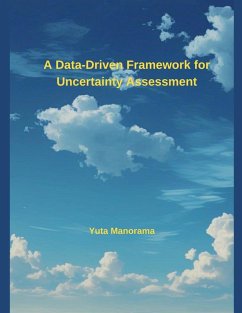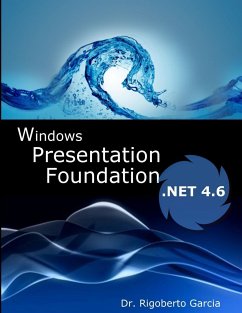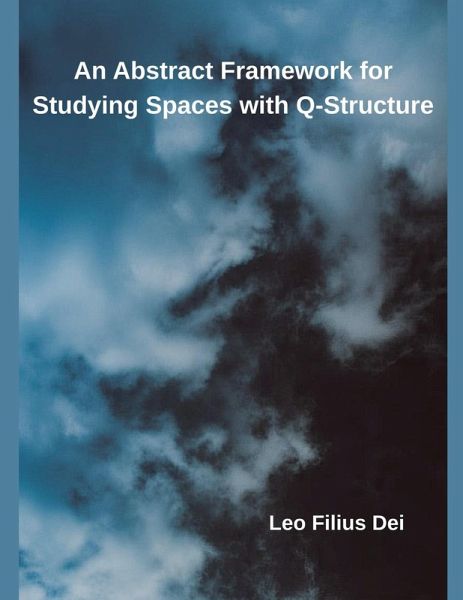
An Abstract Framework for Studying Spaces with Q-Structure
Versandkostenfrei!
Versandfertig in 1-2 Wochen
26,99 €
inkl. MwSt.

PAYBACK Punkte
13 °P sammeln!
In 1965, L.A. Zadeh [60] introduced the notion of fuzzy set in a set X as a function X ¿ [0, 1]. This notion was generalized in 1967 by J.A. Goguen to that of an L-fuzzy set in X as a function X ¿ L, where L is a suitable lattice. Building on the notion of fuzzy sets, C.L. Chang introduced in 1968 the notion of fuzzy topology on a set X as a collection of fuzzy sets in X which are closed under arbitrary suprema and finite infima. Several modifications and generalizations of the notion of fuzzy topology appeared subsequently, e.g., by J.A. Goguen in 1973, R. Lowen in 1976, B. Hutton in 1980, ...
In 1965, L.A. Zadeh [60] introduced the notion of fuzzy set in a set X as a function X ¿ [0, 1]. This notion was generalized in 1967 by J.A. Goguen to that of an L-fuzzy set in X as a function X ¿ L, where L is a suitable lattice. Building on the notion of fuzzy sets, C.L. Chang introduced in 1968 the notion of fuzzy topology on a set X as a collection of fuzzy sets in X which are closed under arbitrary suprema and finite infima. Several modifications and generalizations of the notion of fuzzy topology appeared subsequently, e.g., by J.A. Goguen in 1973, R. Lowen in 1976, B. Hutton in 1980, A.P. S¿ostak in 1985, to name a few. Among these, the notion due to Lowen was like that due to Chang, except that it additionally required that all 'constant fuzzy sets' be also members of the collection of fuzzy sets, which make up a fuzzy topology. The study of fuzzy topology in which all involved fuzzy sets have 'values' in a fixed lattice, came to be known as 'fixed-basis fuzzy topology'; see Rodabaugh .



